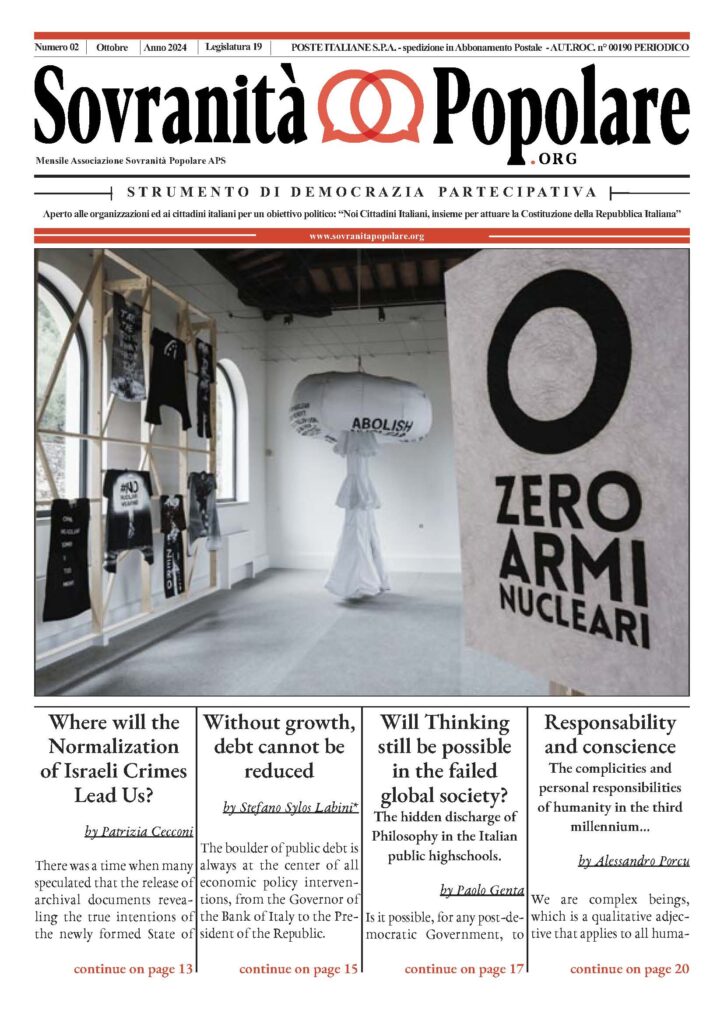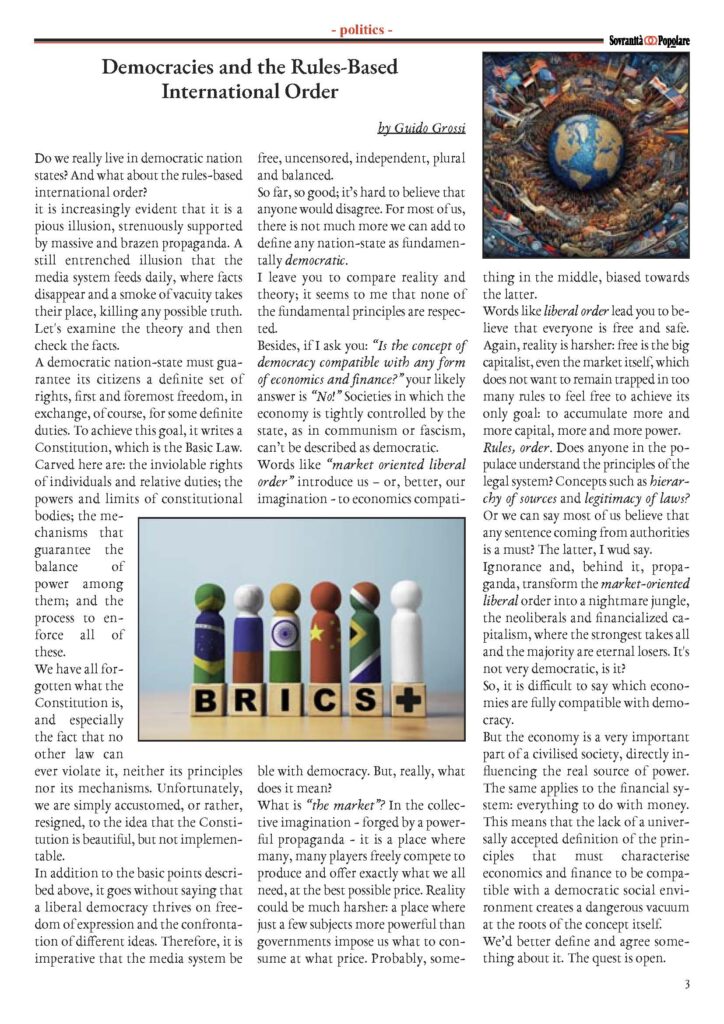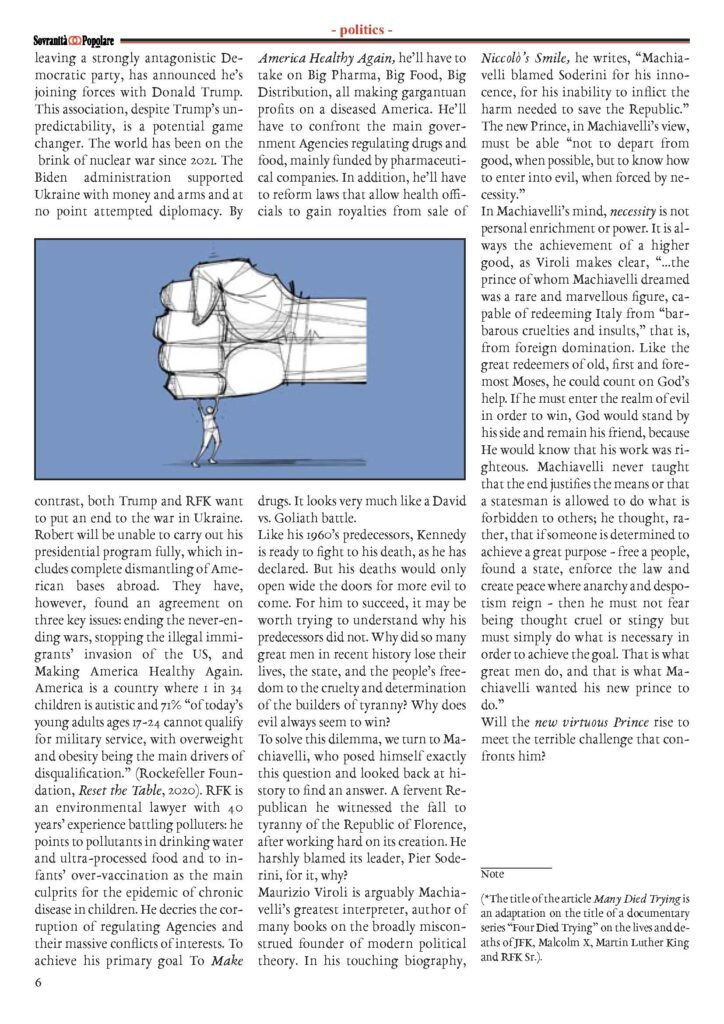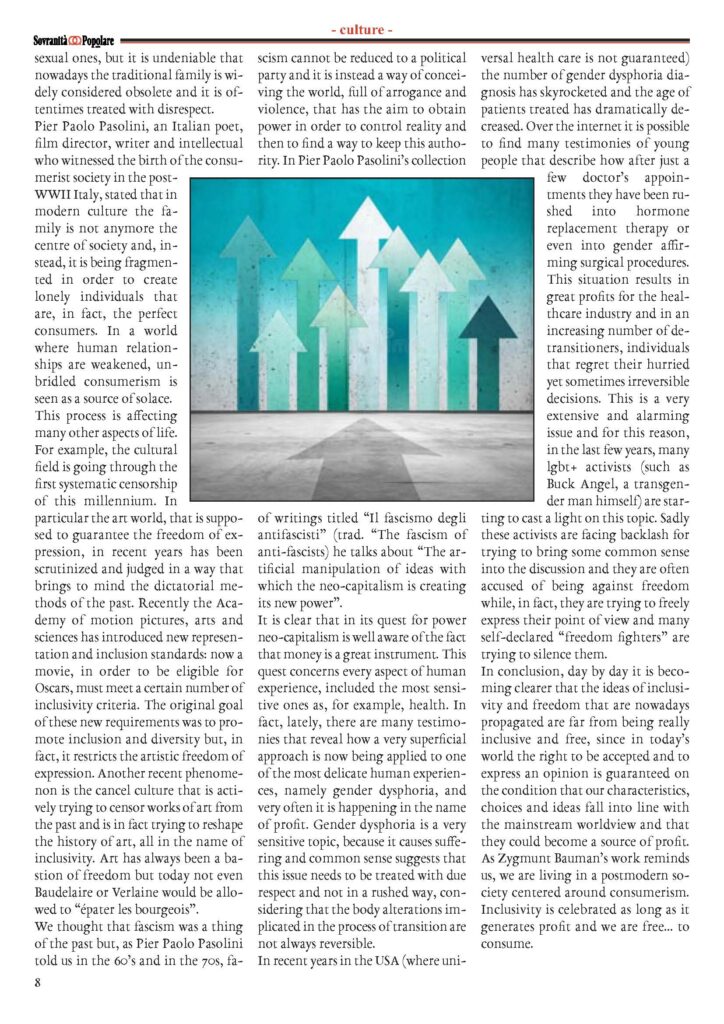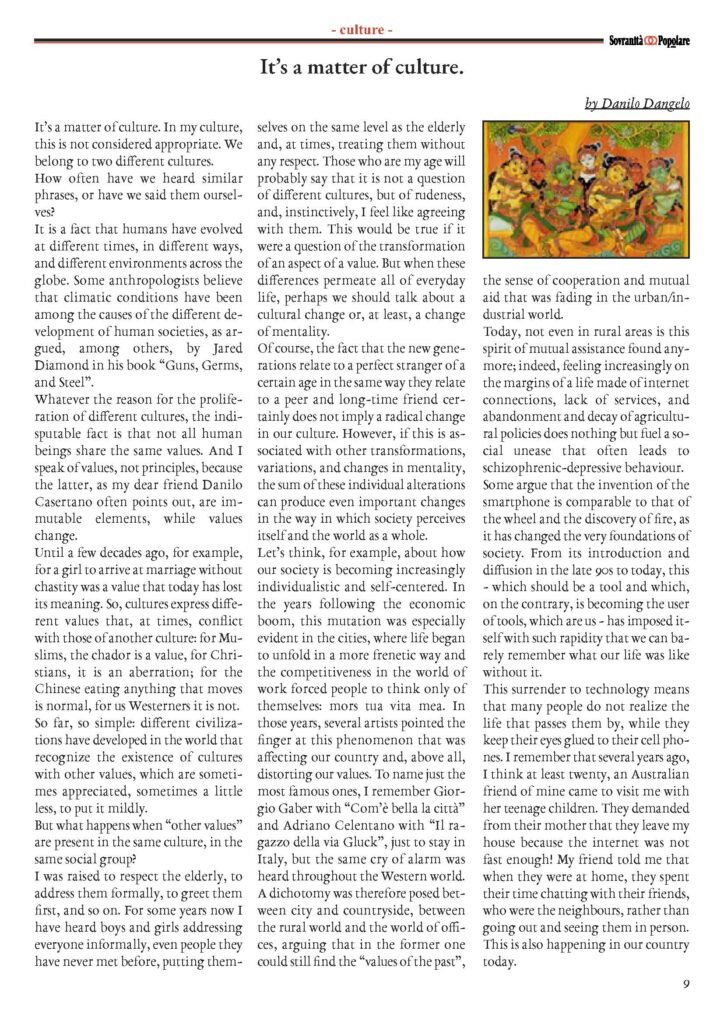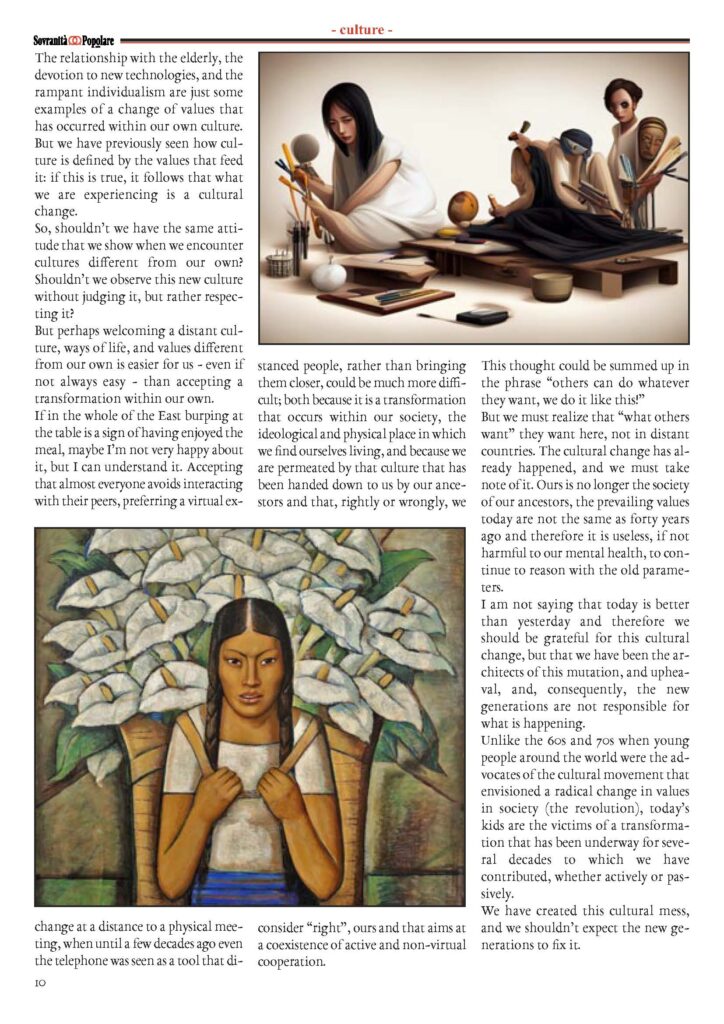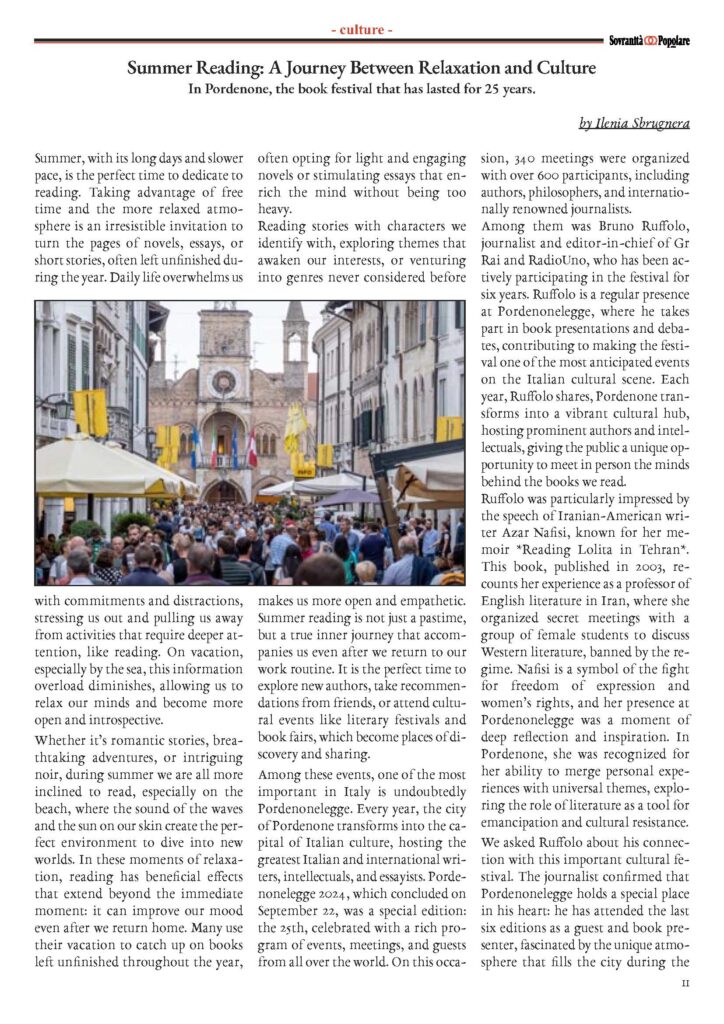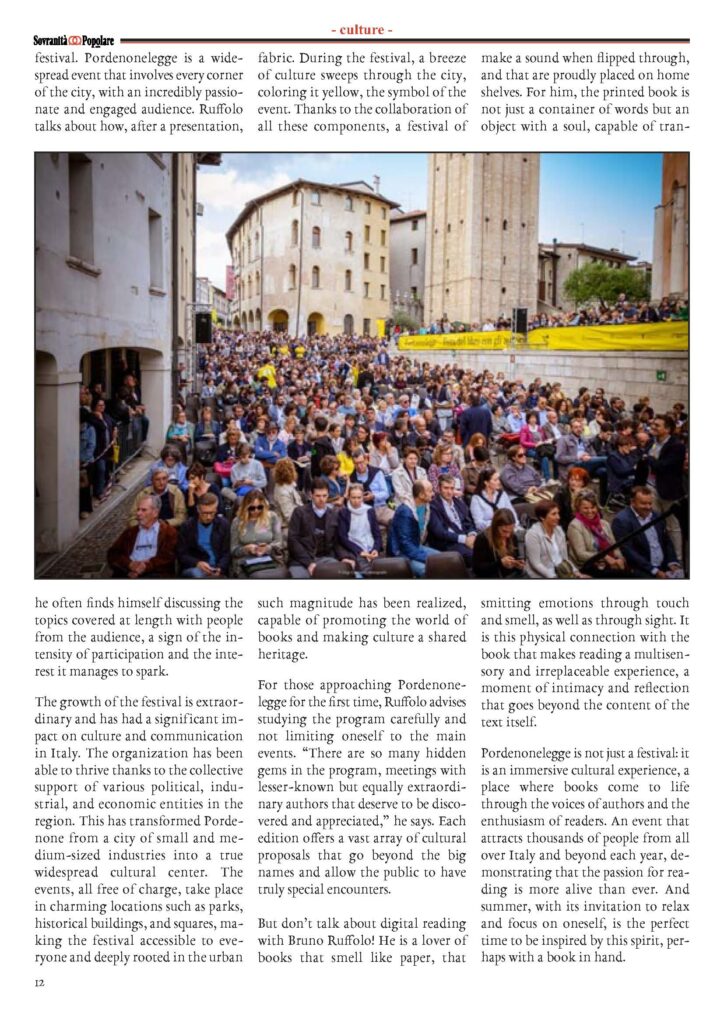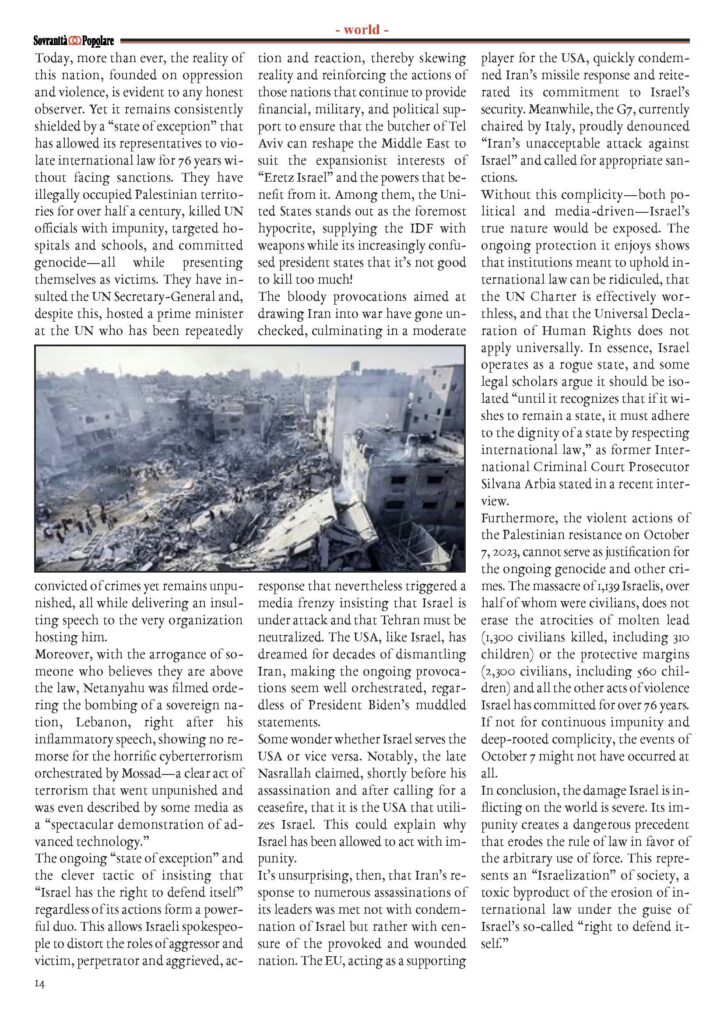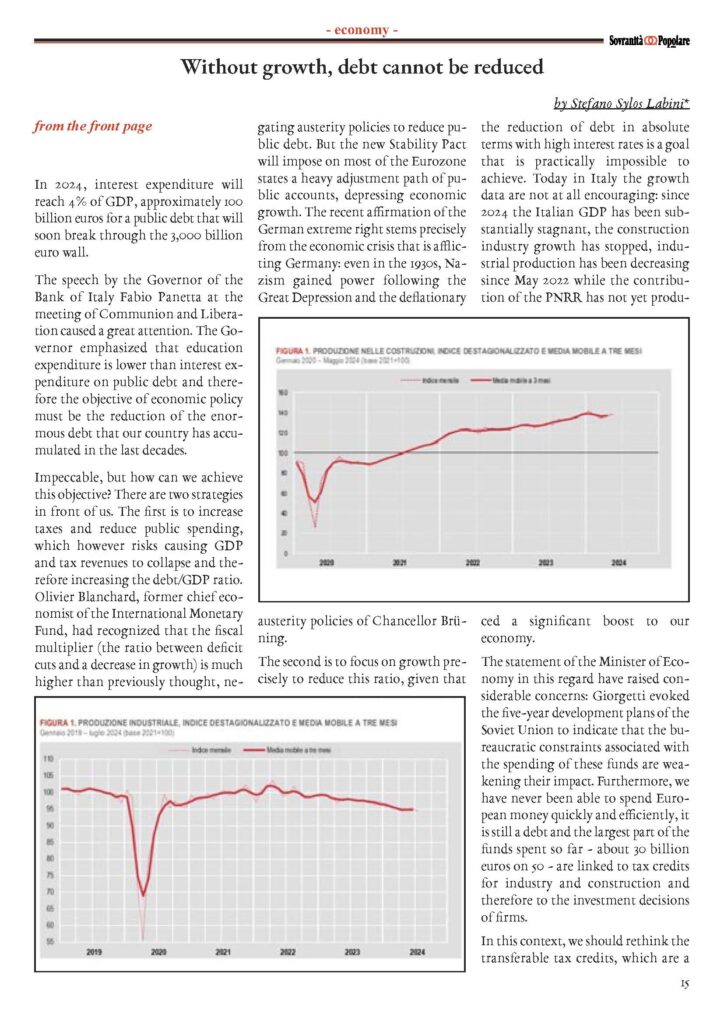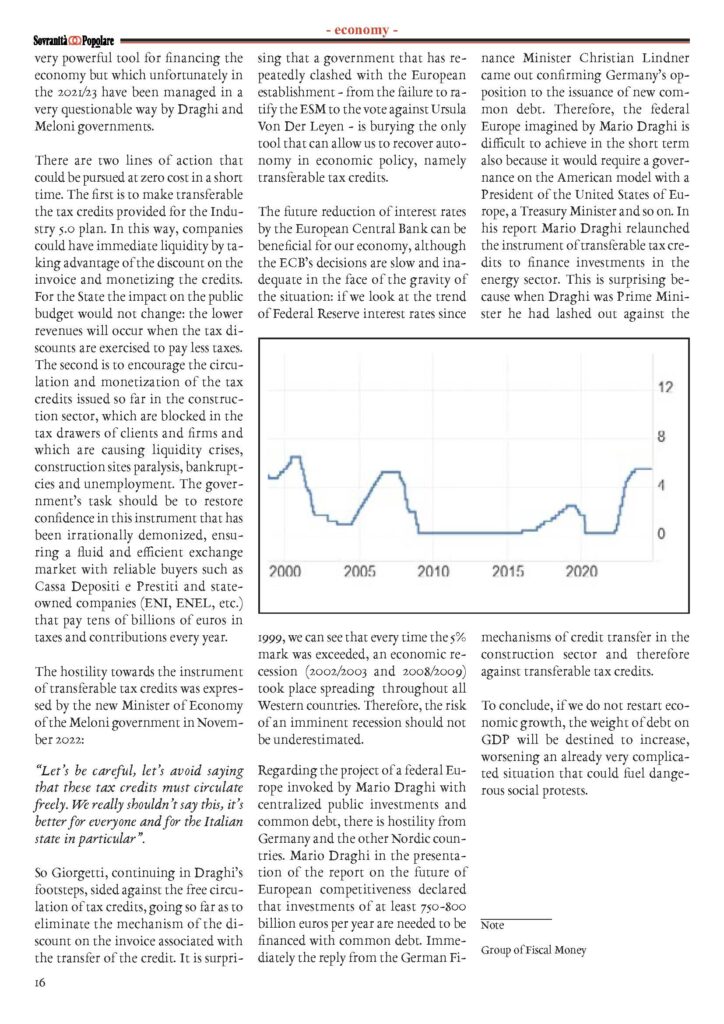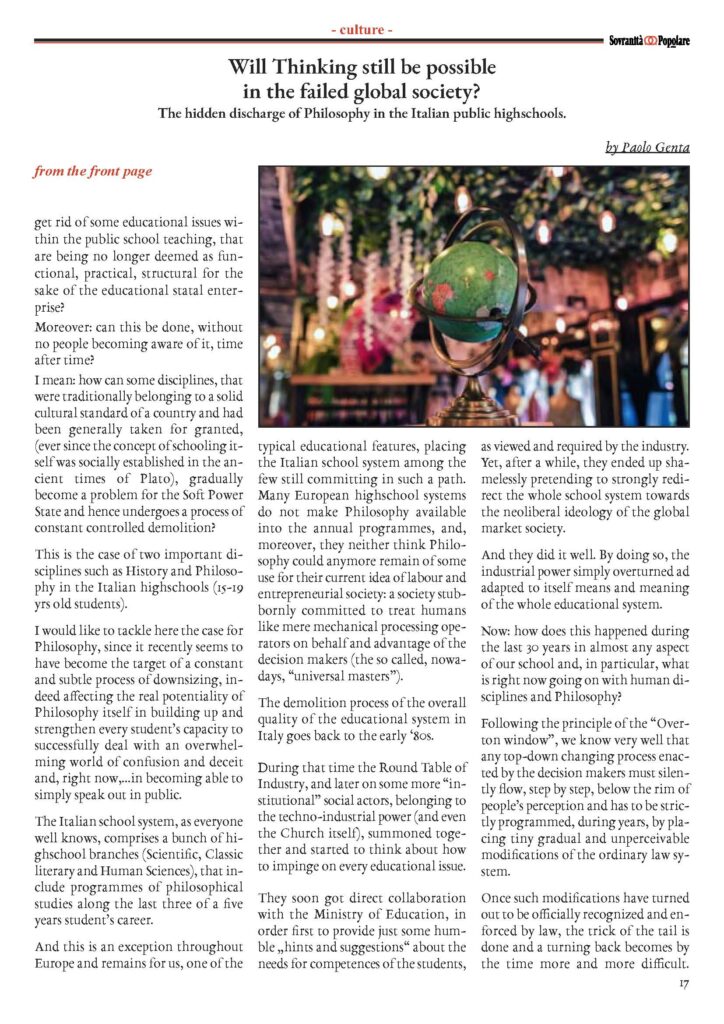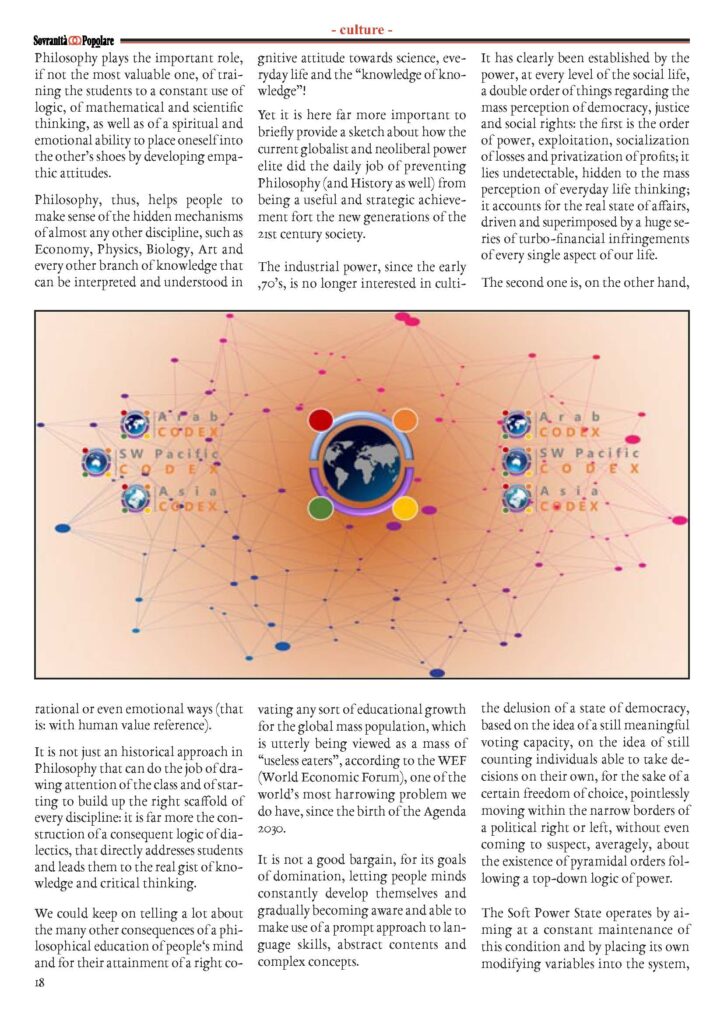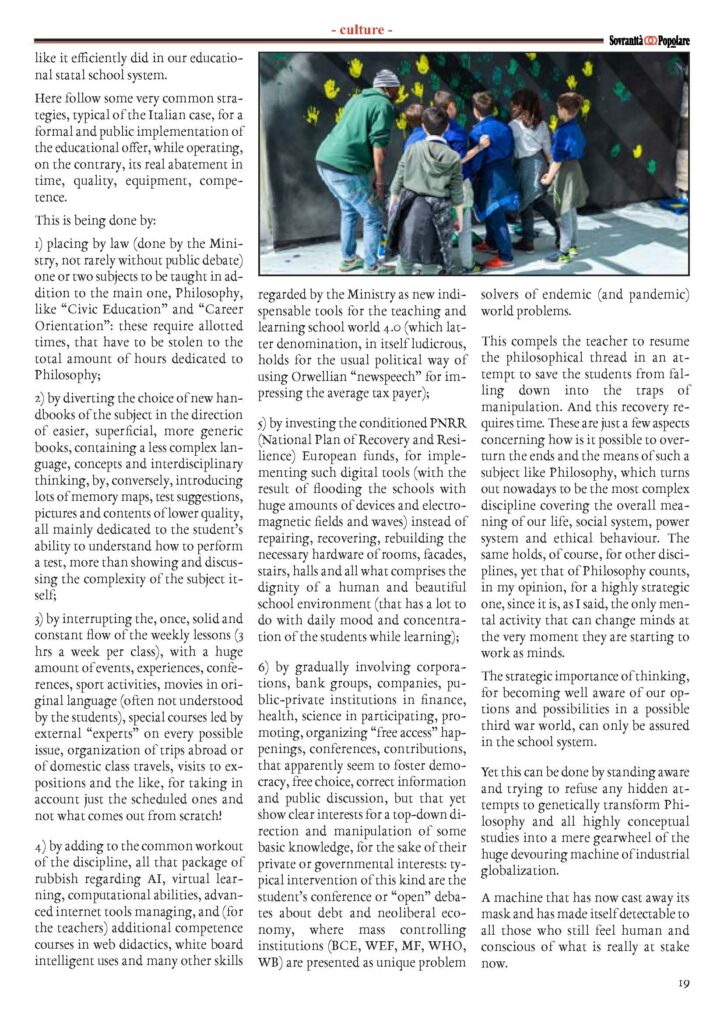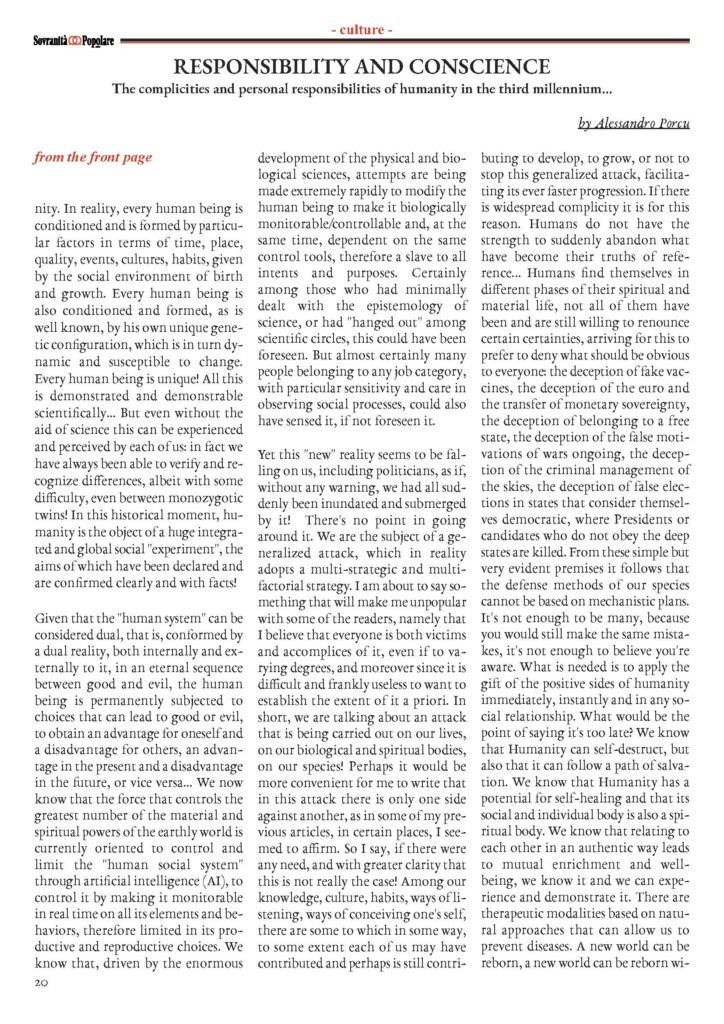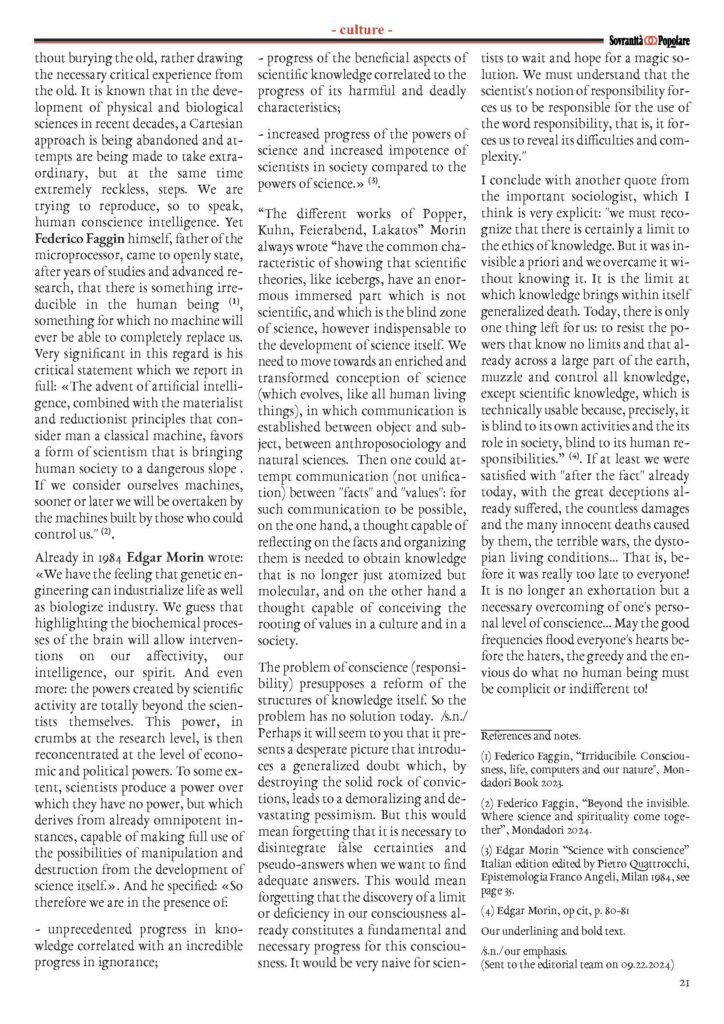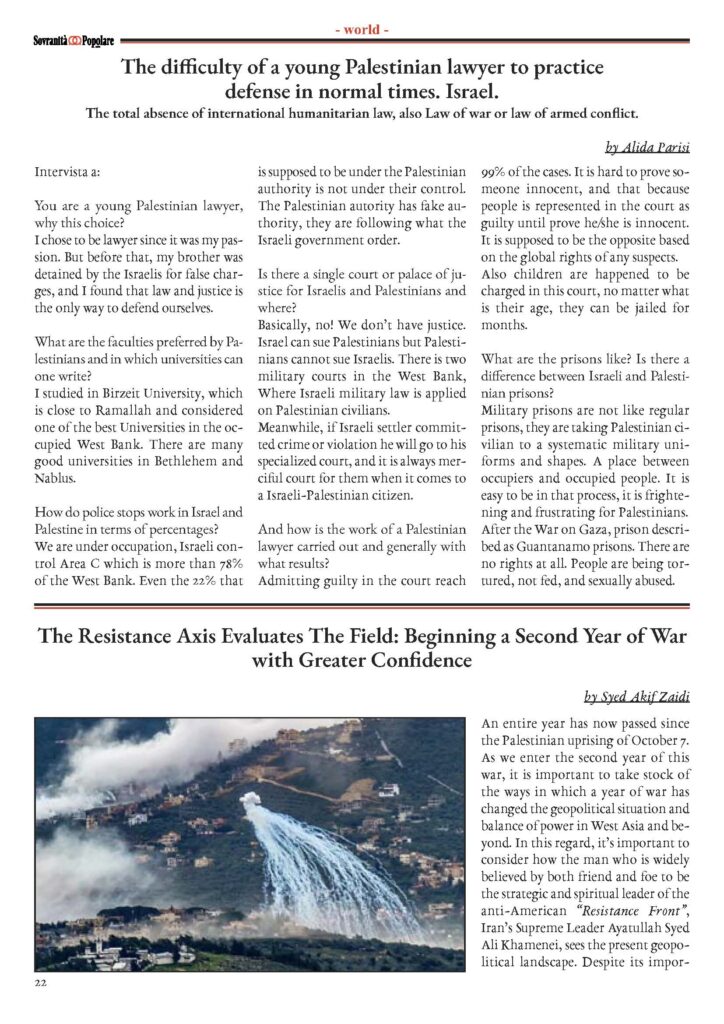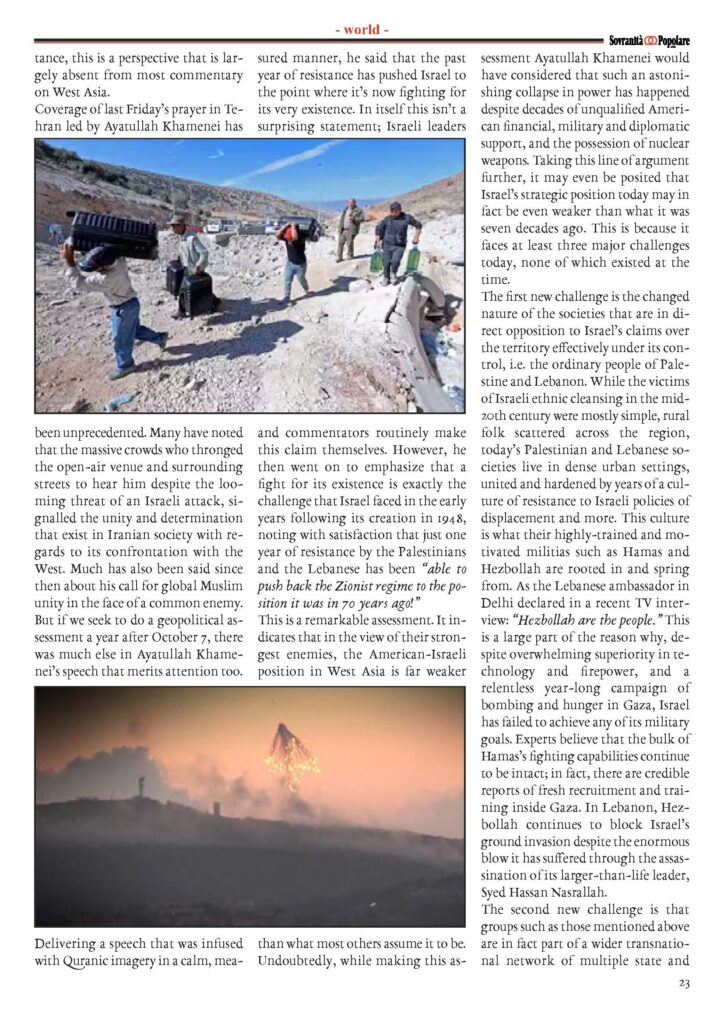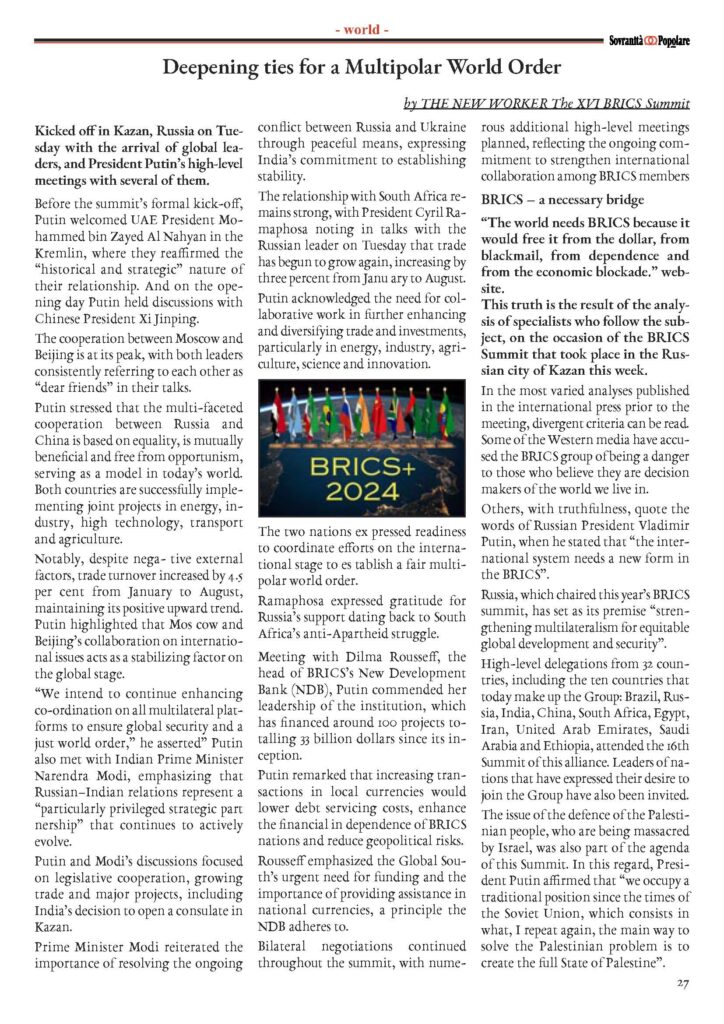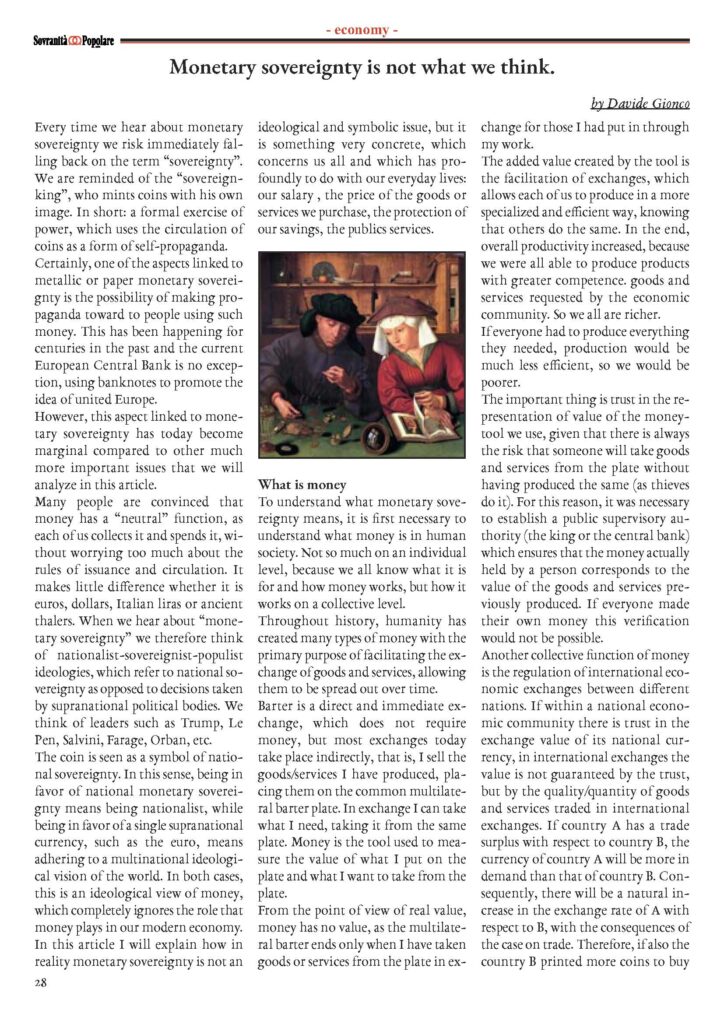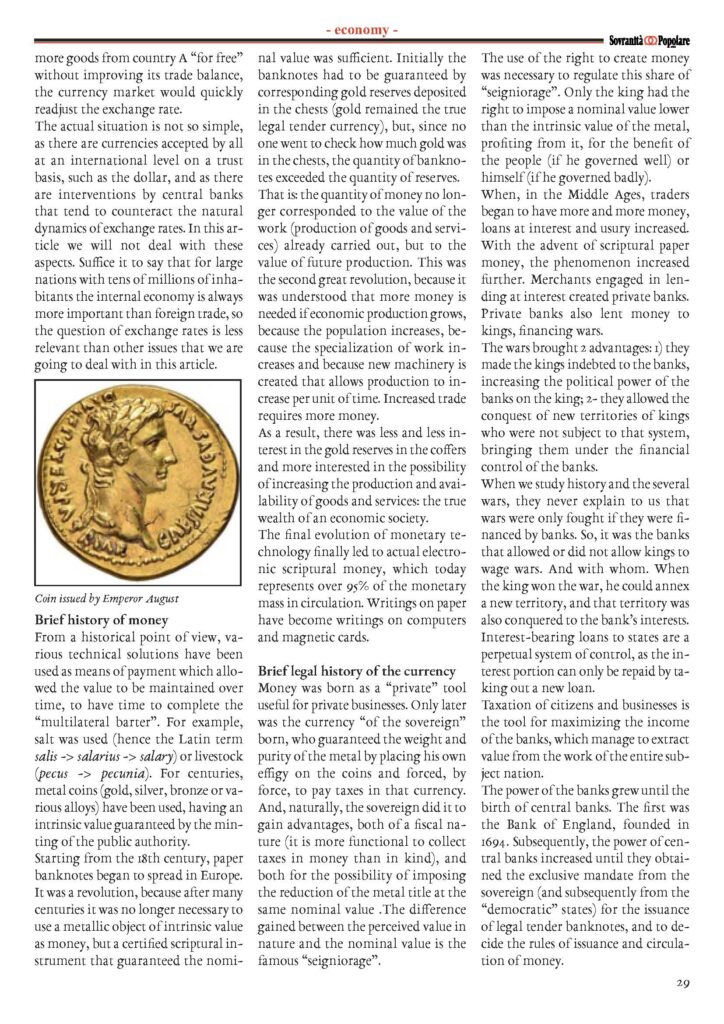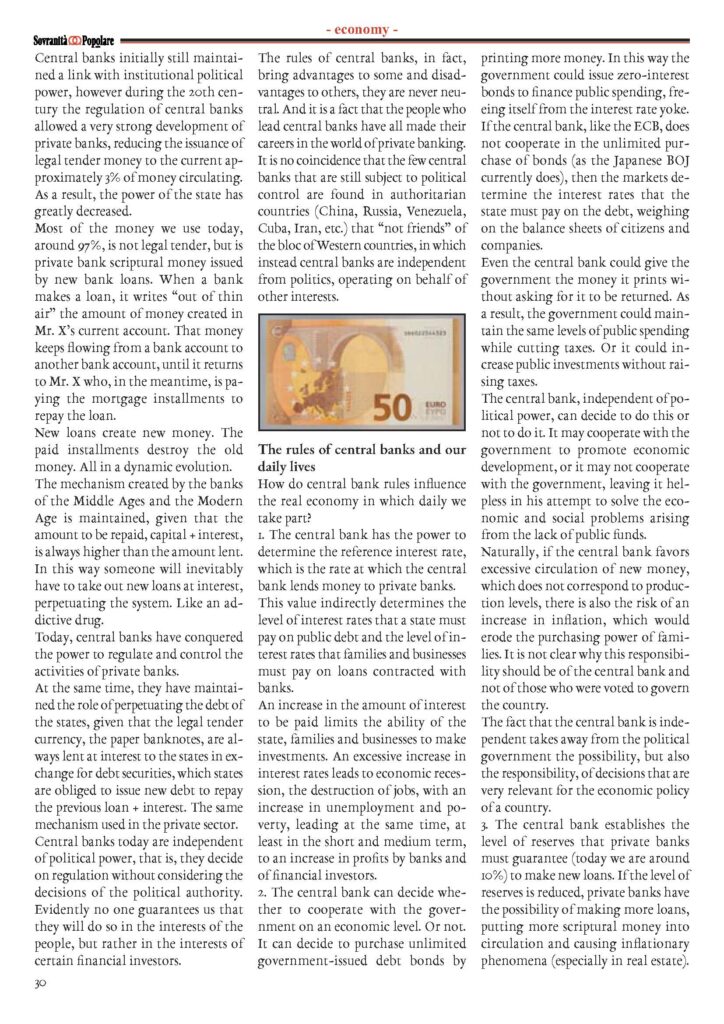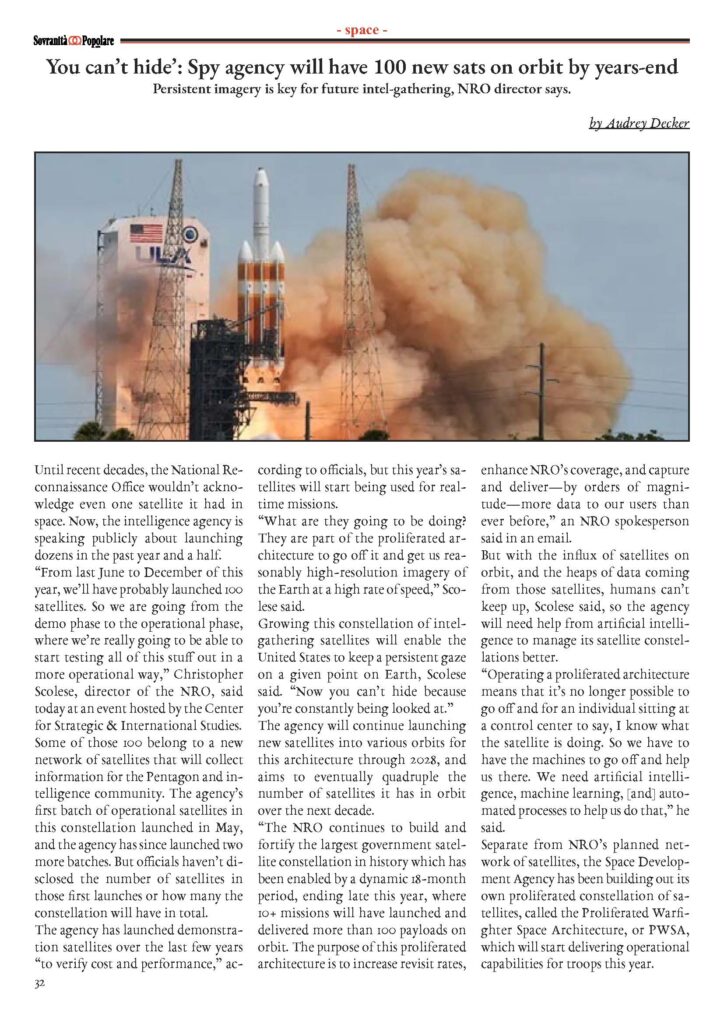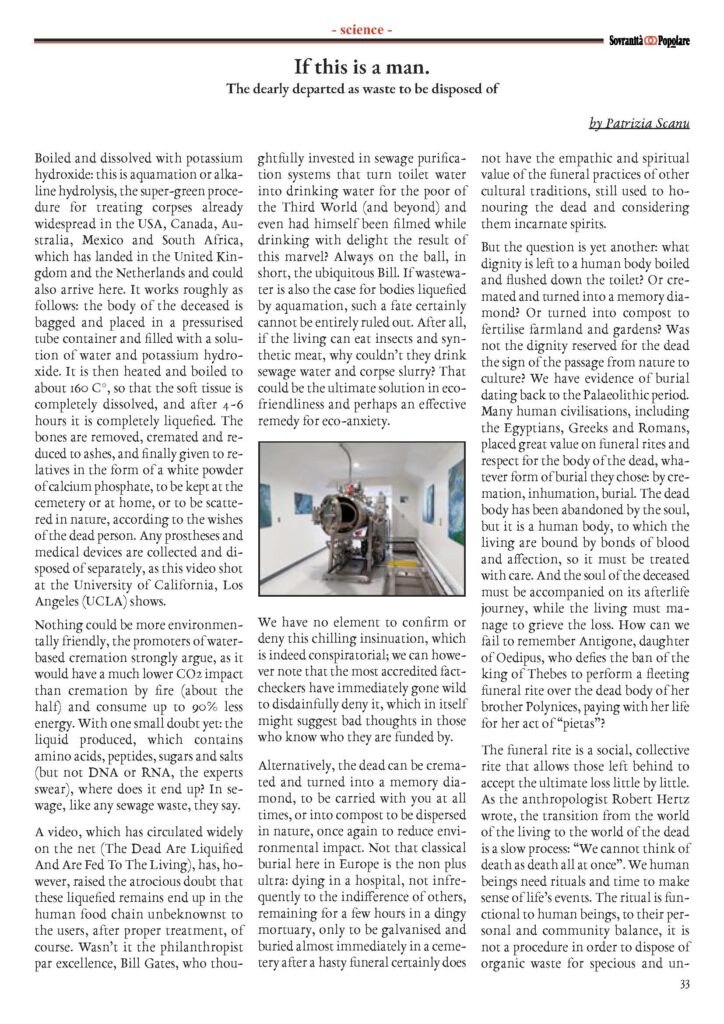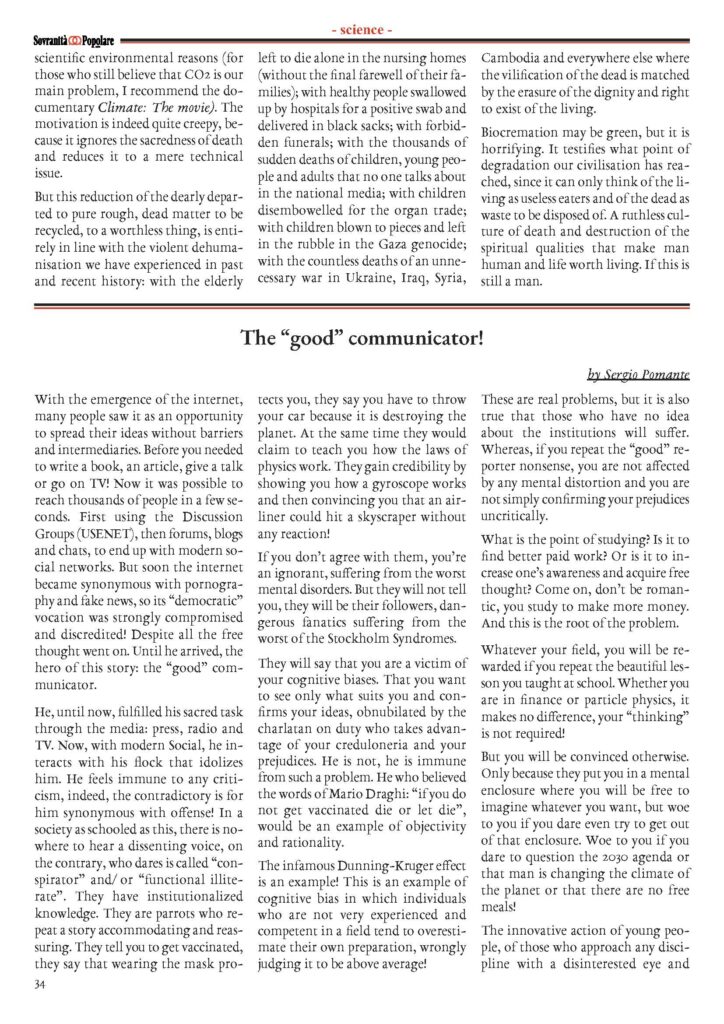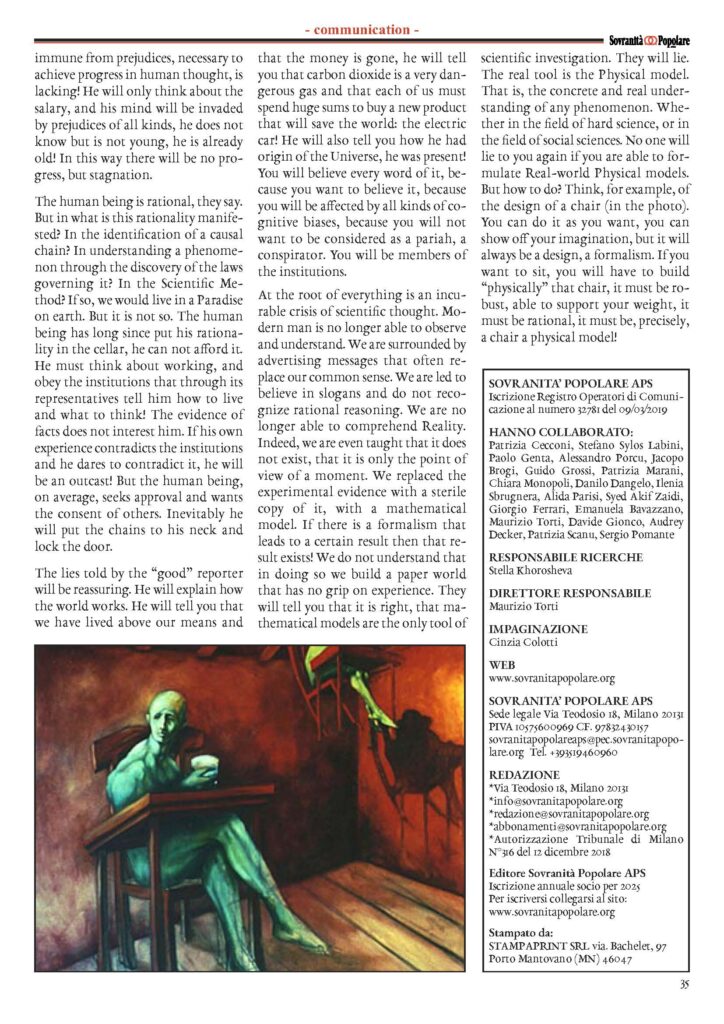Bolliti e sciolti con l’idrossido di potassio: in questo consiste l’acquamazione o idrolisi alcalina, il procedimento super green di trattamento dei cadaveri già diffuso negli USA, in Canada, in Australia, in Messico e in Sudafrica, approdato nel Regno Unito e in Olanda e che potrebbe arrivare anche da noi. Funziona all’incirca così: il corpo del defunto viene insacchettato e introdotto in un contenitore a tubo pressurizzato e riempito con una soluzione di acqua e idrossido di potassio. Viene poi riscaldato e fatto bollire a circa 160 gradi, in modo da sciogliere completamente i tessuti molli, e dopo 4-6 ore è completamente liquefatto. Le ossa vengono prelevate, cremate e ridotte in cenere, infine consegnate ai parenti in forma di polvere bianca di fosfato di calcio, da conservare al cimitero o in casa o da disperdere in natura, secondo la volontà del morto. Eventuali protesi e dispositivi medicali vengono raccolti e smaltiti a parte, come mostra questo video girato presso l’University of California, Los Angeles (UCLA).
Niente di più ecologico, sostengono con convinzione i promotori della cremazione ad acqua, che avrebbe un impatto sulla CO2 decisamente inferiore rispetto alla cremazione con il fuoco (circa la metà) e consumerebbe fino al 90% in meno di energia. Con un piccolo dubbio: il liquido prodotto, che contiene aminoacidi, peptidi, zuccheri e sali (ma non DNA o RNA, giurano gli esperti), dove va a finire? Nelle acque reflue, come qualunque rifiuto di fogna, dicono.
Un video, che ha largamente circolato in rete (The Dead Are Liquified And Are Fed To The Living), ha insinuato tuttavia il dubbio atroce che questi resti liquefatti finiscano nella catena alimentare umana all’insaputa degli utenti, dopo adeguato trattamento, ovviamente. Non era stato il filantropo per antonomasia, Bill Gates, a investire premurosamente in sistemi di depurazione delle acque reflue che trasformano l’acqua del gabinetto in acqua potabile per i poveri del Terzo Mondo (e non solo) e si era pure fatto immortalare mentre beveva con gusto il risultato di questa meraviglia? Sempre sul pezzo, insomma, l’onnipresente Bill. Se di acque reflue si tratta anche per i corpi liquefatti con l’acquamazione, tale destino non può certo essere escluso del tutto. Del resto, se i vivi possono mangiare insetti e carne sintetica, perché non potrebbero bere acqua di fogna e liquame di cadaveri? Potrebbe essere il top dell’ecocompatibilità e forse un efficace rimedio per l’ecoansia.
Non abbiamo alcun elemento per confermare o smentire l’agghiacciante insinuazione, davvero complottista; possiamo comunque constatare che i fact-checker più accreditati si sono subito scatenati per smentirla sdegnosamente, il che già di per sé potrebbe suggerire cattivi pensieri in chi sa da chi vengono finanziati.
In alternativa, il morto può essere cremato e trasformato in diamante della memoria, da portare sempre con sé, oppure in compost da disperdere in natura, sempre per ridurre l’impatto ambientale. Non che la sepoltura classica qui in Europa sia il non plus ultra: morire in ospedale, non di rado nell’indifferenza degli altri, restare qualche ora in una squallida camera mortuaria, per essere poi zincati e seppelliti quasi subito in un cimitero dopo un frettoloso funerale non ha certamente la valenza empatica e spirituale delle pratiche funerarie di altre tradizioni culturali, ancora abituate a onorare i defunti e a considerarli spiriti incarnati.
Ma la questione è ancora un’altra: che dignità resta a un corpo umano bollito e gettato nello scarico del WC? O cremato e trasformato in diamante della memoria? O trasformato in compost per fertilizzare i terreni agricoli e i giardini? Non era la dignità riservata ai defunti il segno del passaggio dalla natura alla cultura? Abbiamo testimonianze di sepoltura che risalgono al Paleolitico. Molte civiltà umane, fra le quali quella egizia, quella greca e quella romana, hanno dato grande valore ai riti funebri e rispetto al corpo dei morti, qualunque sia la forma di sepoltura scelta: per cremazione, per inumazione, per tumulazione. Il corpo morto è stato abbandonato dall’anima, ma è un corpo umano, a cui i vivi sono legati da vincoli di sangue e di affetto, perciò va trattato con cura. E l’anima del defunto va accompagnata nel suo cammino ultraterreno, mentre i vivi devono riuscire a elaborare il lutto della perdita. Come non ricordare Antigone, figlia di Edipo, che sfida il divieto del re di Tebe per celebrare un fugace rito funebre sul corpo morto del fratello Polinice, pagando con la vita il suo atto di pietas?
Il rito funebre è un rito sociale, collettivo, che permette a chi resta di accettare poco per volta la perdita definitiva. Come scrisse l’antropologo Robert Hertz, il passaggio dal mondo dei vivi a quello dei morti è un processo lento: «noi non possiamo pensare alla morte come tale tutta in una volta». Noi esseri umani abbiamo bisogni di riti e di tempo per dare un senso agli eventi della vita. Il rito è funzionale agli uomini, al loro equilibrio personale e comunitario, non è una procedura di smaltimento del rifiuto organico per pretestuose e antiscientifiche motivazioni ambientali (per chi ancora crede che sia la CO2 il nostro problema consiglio il documentario Climate: The movie). È la motivazione a essere raccapricciante, perché ignora la sacralità della morte e la riduce a mera questione tecnica.
Ma questa riduzione del caro estinto a pura materia disanimata da riciclare, a cosa senza valore, è del tutto in linea con la violenta disumanizzazione che abbiamo vissuto nella storia passata e recente: con gli anziani lasciati morire soli nelle RSA, senza l’estremo saluto dei propri familiari, con le persone sane inghiottite dagli ospedali per un tampone positivo e restituite in sacco nero, con i funerali proibiti, con le migliaia di morti improvvise di bambini, giovani e adulti di cui non parla nessuno sui media nazionali, con i bambini sventrati per il commercio degli organi, con i bambini fatti a pezzi e lasciati fra le macerie nel genocidio di Gaza, con i tantissimi morti di una guerra inutile in Ucraina, in Iraq, in Siria, in Cambogia e in ogni altro luogo dove il vilipendio dei morti fa il paio con la cancellazione della dignità e del diritto a esistere dei vivi.
La biocremazione sarà green, ma fa orrore. Testimonia a che punto di degradazione è giunta la nostra civiltà, che riesce solo a pensare ai vivi come mangiatori inutili e ai morti come rifiuti da smaltire. Una cultura spietata, di morte e di distruzione delle qualità spirituali, che rendono l’uomo umano e la vita degna di essere vissuta. Se questo è ancora un uomo.
Pubblicato su Sovranità popolare, n° 2, ottobre 2024 (in inglese)
Presentato su Veggie Channel a questo link:


